 Facebook
Facebook
 X
X
 Instagram
Instagram
 TikTok
TikTok
 Youtube
Youtube
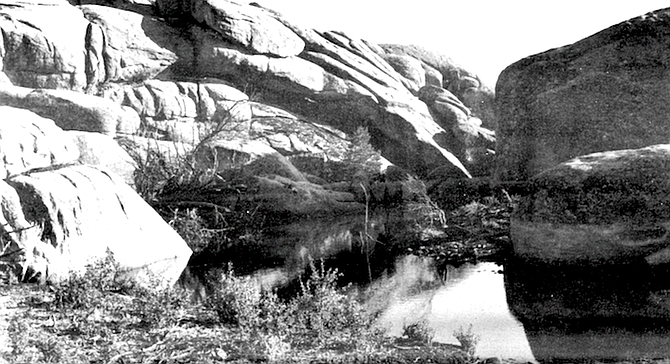
Editor: The following feature stories appeared in the interior pages of the Reader in the 1970s and 1980s and have just been converted to digital form.
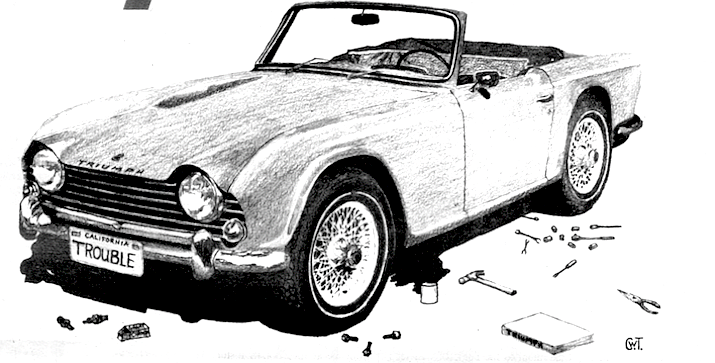
Five years later I still own and drive the Triumph, but now I worry that at any moment its door might flap open on a curve, or that a coupling in the steering linkage will jam and I’ll be borne off-road and toward a mighty eucalyptus, or that the damn thing will simply blow up right on the spot, leaving nothing but a small mushroom cloud where it and I once were.
By Bob Dorn, Aug. 11, 1983 Read full story
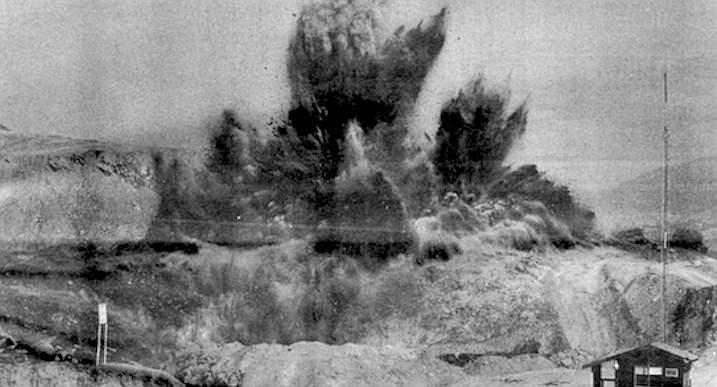
“I’ve done Highway 94 when boulders roll out on the road and tie up traffic. I’m the one who blows them up so they can be pushed off the highway. Those jobs are great. Everybody wants the road clear, everybody is on your side.
By David Steinman, Nov. 10, 1983 Read full story

Most of us now walked away from the cliffs and found a seat on the rock bluff behind us. We sat still there in complete silence for a long while, perhaps close to two hours, with only the steady drum of the waves beating the coast in our ears.
By Michael Waterman, Dec. 8, 1983 Read full story
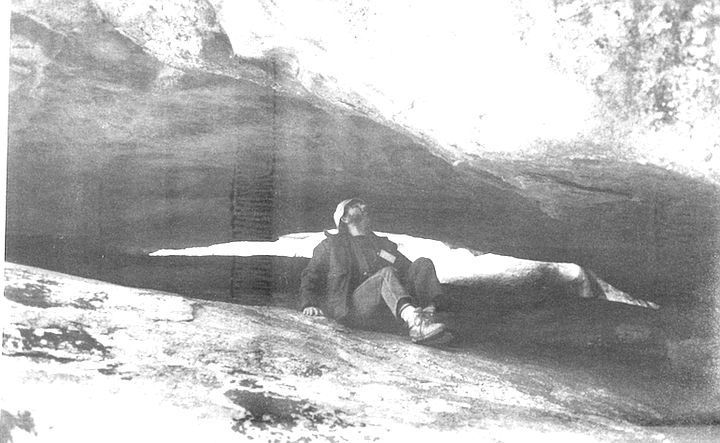
Hakwin is an old Indian site near La Rumorosa in Baja California, a ten-mile crow flight southeastward from Jacumba. Like tribes of hunter-gatherers around the world, the Kumeyaay Indians who once made this area their home favored rocky outcrops, and they often painted figures and symbols on them with pigments made of powdered rock.
By Gordon Smith, Dec. 15, 1983 Read full story
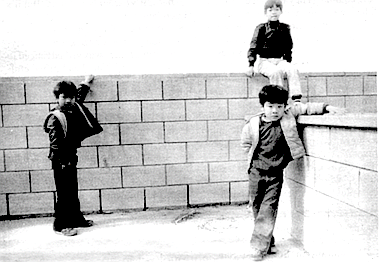
“There are videotapes now in Chinese,” she said. “You can rent them at a store across from Woo Chee Chong market on Convoy Street. And a little while ago we were watching a show — it was about a family in China in 1911, a drama made for Hong Kong television — and in it two people were having an argument. Now, when my husband and I argue, we don’t howl at each other."
By Joe Applegate,, Feb. 3, 1983 Read full story

L. J. Richards (“Little John,” they used to call him), the big-wave expert, looks loose and patient. He’s in the best shape of the bunch, and looks lean and hungry. He sits outside, waiting for the right set, rising to his knees to peer over the smaller swells. When he spots a large set on the horizon, he races out to meet it.
By Steve Sorensen, July 19, 1984 Read full story


Editor: The following feature stories appeared in the interior pages of the Reader in the 1970s and 1980s and have just been converted to digital form.

Five years later I still own and drive the Triumph, but now I worry that at any moment its door might flap open on a curve, or that a coupling in the steering linkage will jam and I’ll be borne off-road and toward a mighty eucalyptus, or that the damn thing will simply blow up right on the spot, leaving nothing but a small mushroom cloud where it and I once were.
By Bob Dorn, Aug. 11, 1983 Read full story

“I’ve done Highway 94 when boulders roll out on the road and tie up traffic. I’m the one who blows them up so they can be pushed off the highway. Those jobs are great. Everybody wants the road clear, everybody is on your side.
By David Steinman, Nov. 10, 1983 Read full story

Most of us now walked away from the cliffs and found a seat on the rock bluff behind us. We sat still there in complete silence for a long while, perhaps close to two hours, with only the steady drum of the waves beating the coast in our ears.
By Michael Waterman, Dec. 8, 1983 Read full story

Hakwin is an old Indian site near La Rumorosa in Baja California, a ten-mile crow flight southeastward from Jacumba. Like tribes of hunter-gatherers around the world, the Kumeyaay Indians who once made this area their home favored rocky outcrops, and they often painted figures and symbols on them with pigments made of powdered rock.
By Gordon Smith, Dec. 15, 1983 Read full story

“There are videotapes now in Chinese,” she said. “You can rent them at a store across from Woo Chee Chong market on Convoy Street. And a little while ago we were watching a show — it was about a family in China in 1911, a drama made for Hong Kong television — and in it two people were having an argument. Now, when my husband and I argue, we don’t howl at each other."
By Joe Applegate,, Feb. 3, 1983 Read full story

L. J. Richards (“Little John,” they used to call him), the big-wave expert, looks loose and patient. He’s in the best shape of the bunch, and looks lean and hungry. He sits outside, waiting for the right set, rising to his knees to peer over the smaller swells. When he spots a large set on the horizon, he races out to meet it.
By Steve Sorensen, July 19, 1984 Read full story
Comments